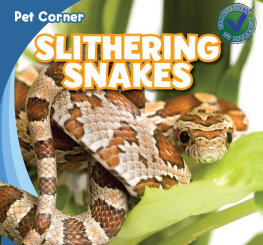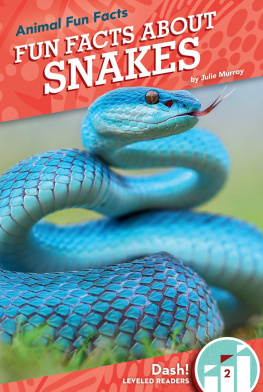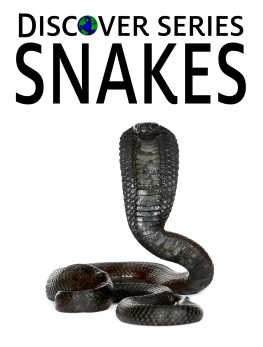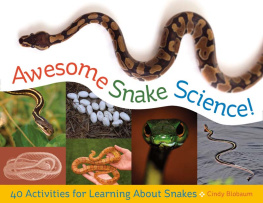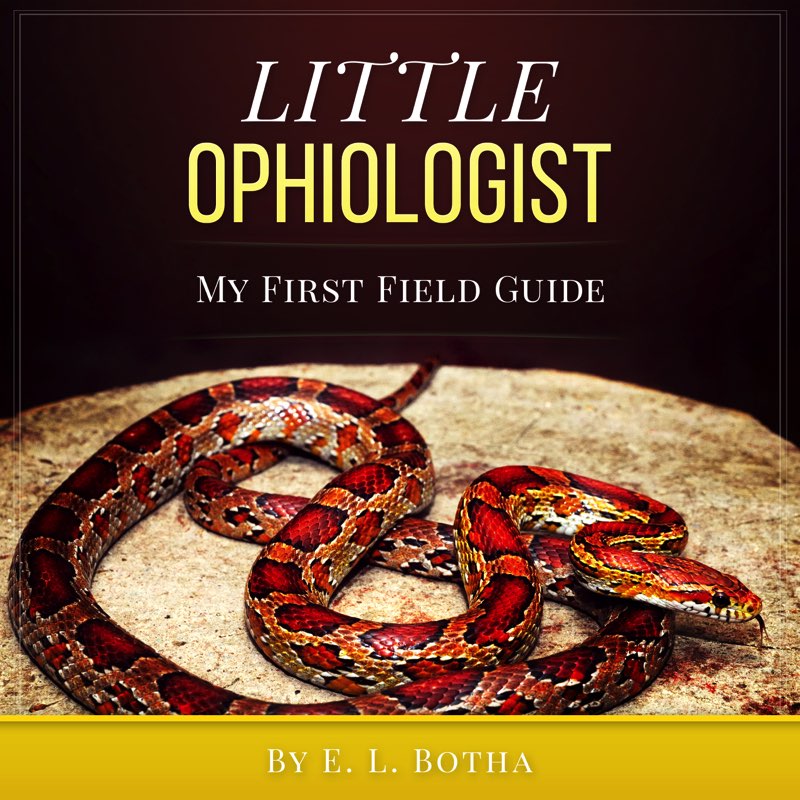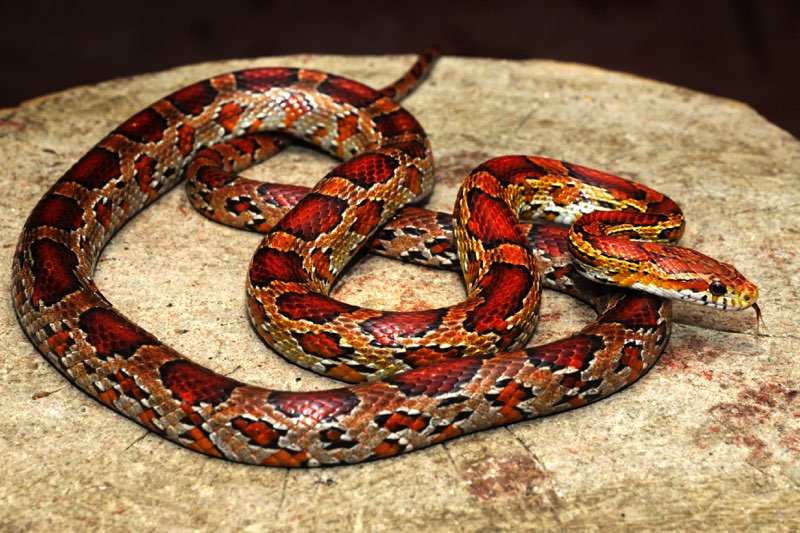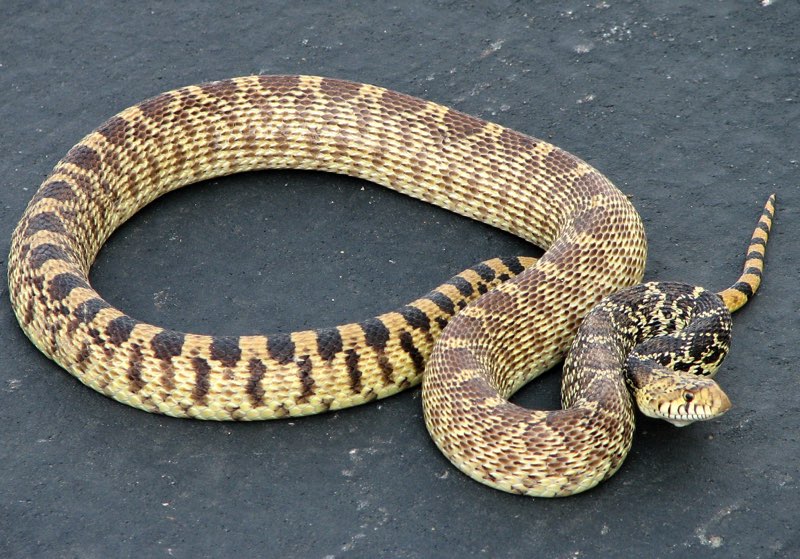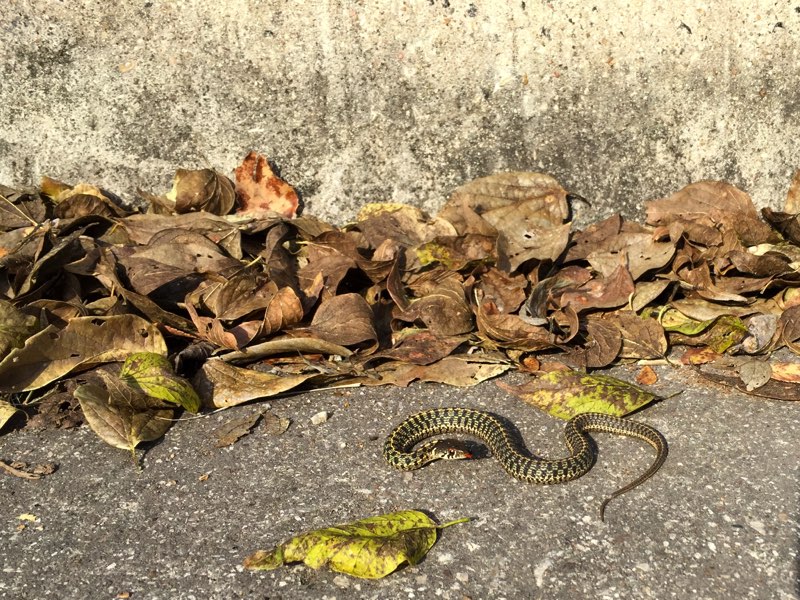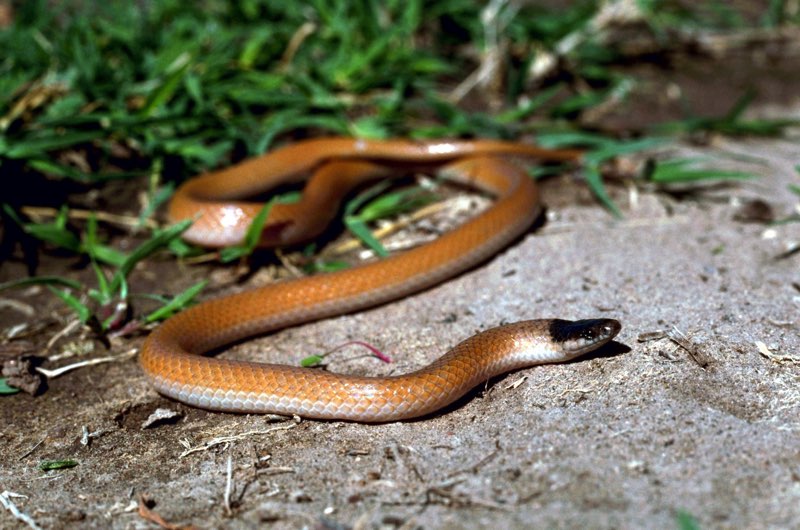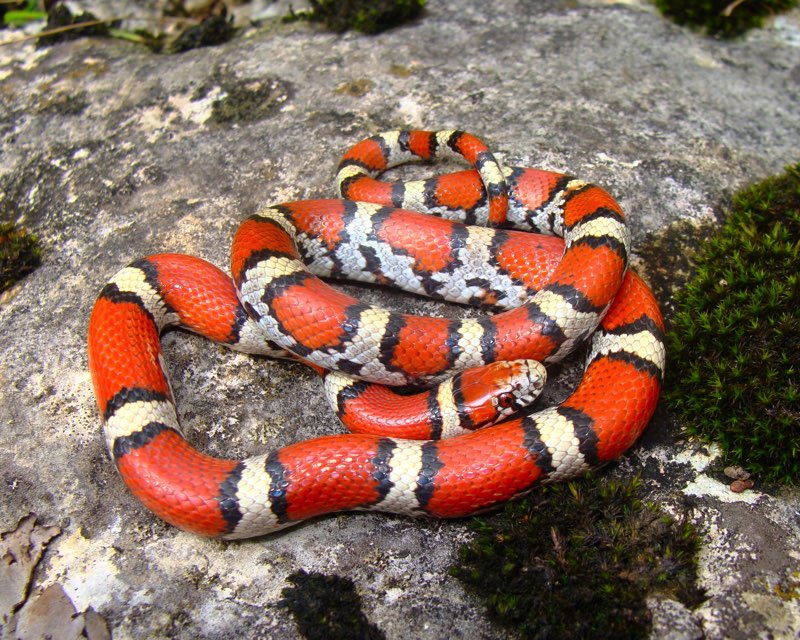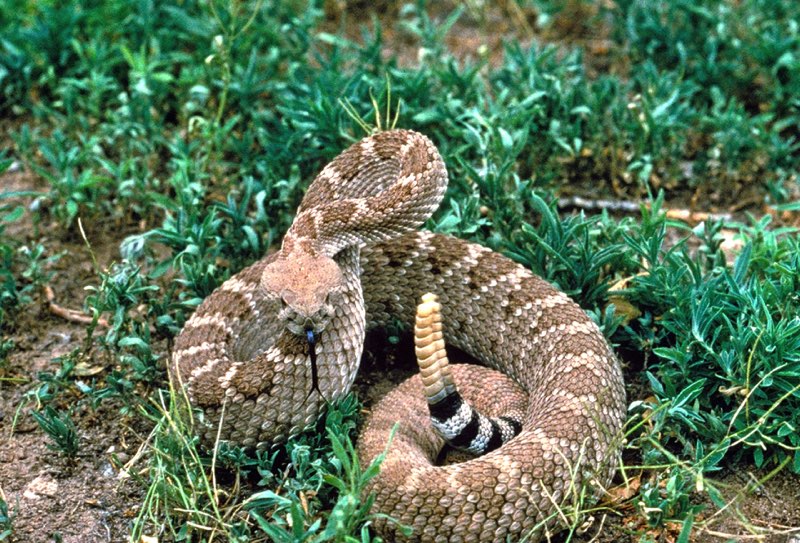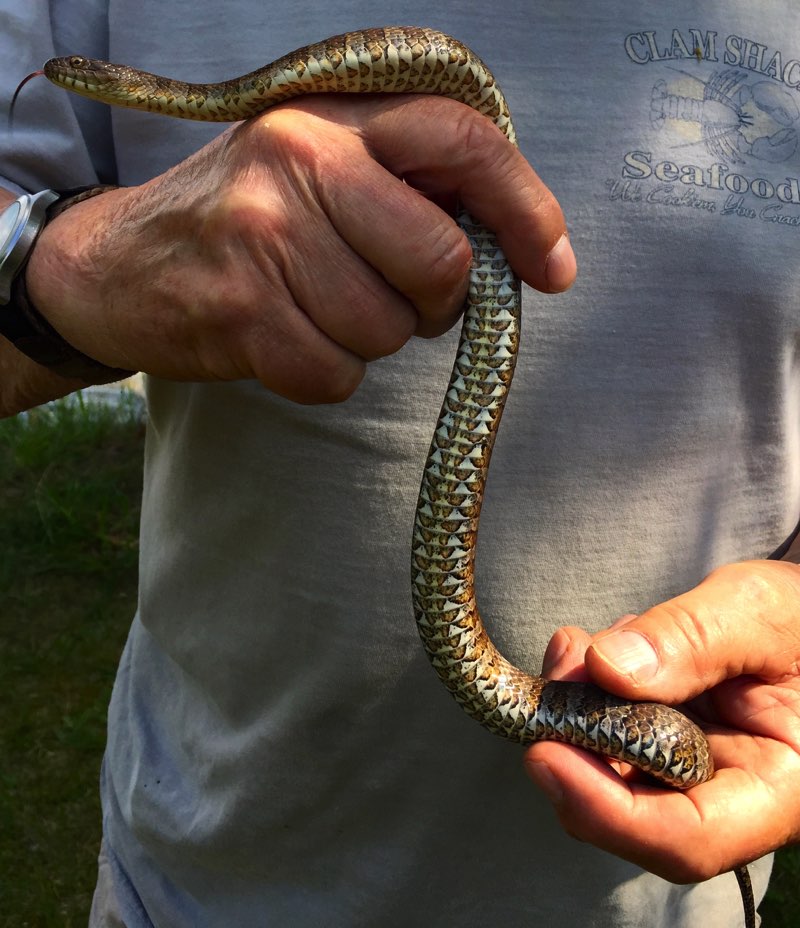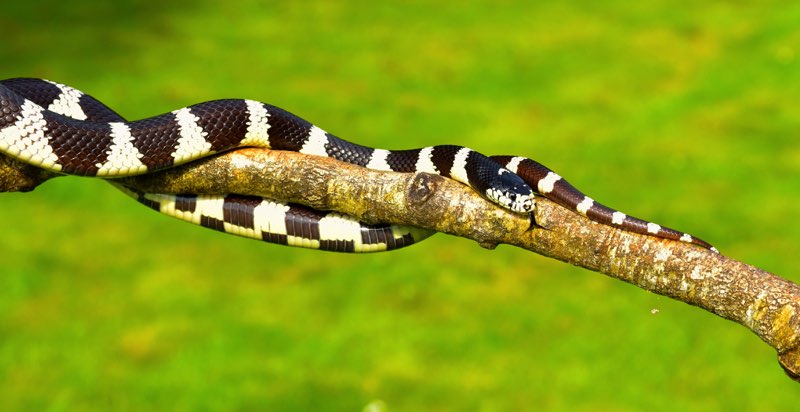T he Gopher Snake is light yellow or tan with large brown or reddish spots on its back and smaller ones on its sides. It can grow to 8 feet in length, though is more commonly around 4 feet long. It can be found in desserts, coastal dunes, woodlands, and grasslands throughout much of the United States. It constricts its food and eats rodents, lizards, and birds.
When threatened, the Gopher Snake will often imitate a rattle snake, curling up and making a hissing sound that is similar to the sound of a rattle.
Checkered Garter Snake
Thamnophis marcianus
T he Checkered Garter Snake is olive colored with a black checkerboard pattern down its back. Like other types of garter snake, it has three stripes running the length of its back. It usually grows to two feet in length.
The Checkered Garter Snake is found throughout the Southwestern United States and prefers moist, grassy habitats, often near water. It eats worms, small amphibians, snails, insects, and fish. It ambushes its prey and immobilizes it with its sharp fangs.
Eastern Coral Snake
Micrurus fulvius
T he Eastern Coral Snake has red, yellow, and black rings of color. It grows to 3 feet in length and eats lizards, frogs, and smaller snakes. It is common in the Southeastern United States and burrows in wooded or sandy areas, preferring a thick ground cover of leaf litter. Though its venom is toxic to humans, it is a very shy snake and prefers to avoid people.
This rhyme can help you tell the difference between the venomous Coral Snake and the harmless look-alike Milk Snake:
Red touches yellow kills a fellow.
Red touches black, you're ok Jack.
Plains Black-headed Snake
Tantilla nigriceps
T he Plains Black -headed Snake is tan with a black cap on top of its head. A small, slender snake, it grows to 15 inches in length. It is found throughout the Southern Great Plains and prefers dessert scrub, grasslands, and woodlands.
The Plains Black-headed Snake is nocturnal and eats centipedes, scorpions, beetles, spiders and other insects, making it welcome visitor in most yards. It lives in underground burrows and when it comes above ground, it usually hides under rocks, leaf litter or logs.
Osage Copperhead
Agkistrodon contortrix phaeogaster
T he Osage Copperhead can be light brown to pinkish-tan with hour-glass shaped bands on its back. Its head is usually copper colored. It is found in the central Midwestern United States and is typically less than 3 feet in length. It lives on rocky hillsides and along the edges of forests, but also likes abandoned buildings that house rodents.
The Osage Copperhead eats small rodents, frogs, and insects. Its venom is dangerous for humans.
Red Milk Snake
Lampropeltis triangulum syspila
T he Red Milk Snake is white or yellow with red or orange blotches bordered with black. It grows 2-3 feet in length. It is often mistaken for the poisonous Coral Snake, which has yellow bands around its red blotches.
The Red Milk Snake can be found throughout the central Midwestern states. It lives under rocks or in rodent burrows. It constricts its prey and eats small lizards, other snakes, and rodents.
Western Diamondback Rattlesnake
Crotalus atrox
T he Western Diamondback Rattlesnake is a speckled gray/brown with distinct, brown diamonds down its back. It has bold black and white stripes on its tail just above its rattle.
Found in Texas and its neighboring states, it can grow to 7 feet in length, but is more commonly 3-4 feet long. It lives in a wide range of habitats; grasslands, dessert, and woods with dense cover. It eats small mammals. The Western Diamondback Rattlesnake's venom is dangerous for humans.
Northern Water Snake
Nerodia sipedon
T he Northern Water Snake can be found in a variety of colors, from gray, to tan, to brown, with broad, darker bands. Its belly has a strong pattern of either half moons or triangles. It grows to be about 4 feet in length.
The Northern Water Snake is common in the North Central and North East United States in ponds, lakes, rivers, streams, or swamps. It eats amphibians and small fish.
California Kingsnake
Lampropeltis getula californiae
T he California Kingsnake has bands of black and white or yellow. It usually grows to between 2 and 4 feet long. It lives in the Southwestern United States in a wide variety of habitats from forests, to fields, to marshes. It constricts, or squeezes its prey and eats rodents, other snakes, lizards, frogs, birds, and eggs.



